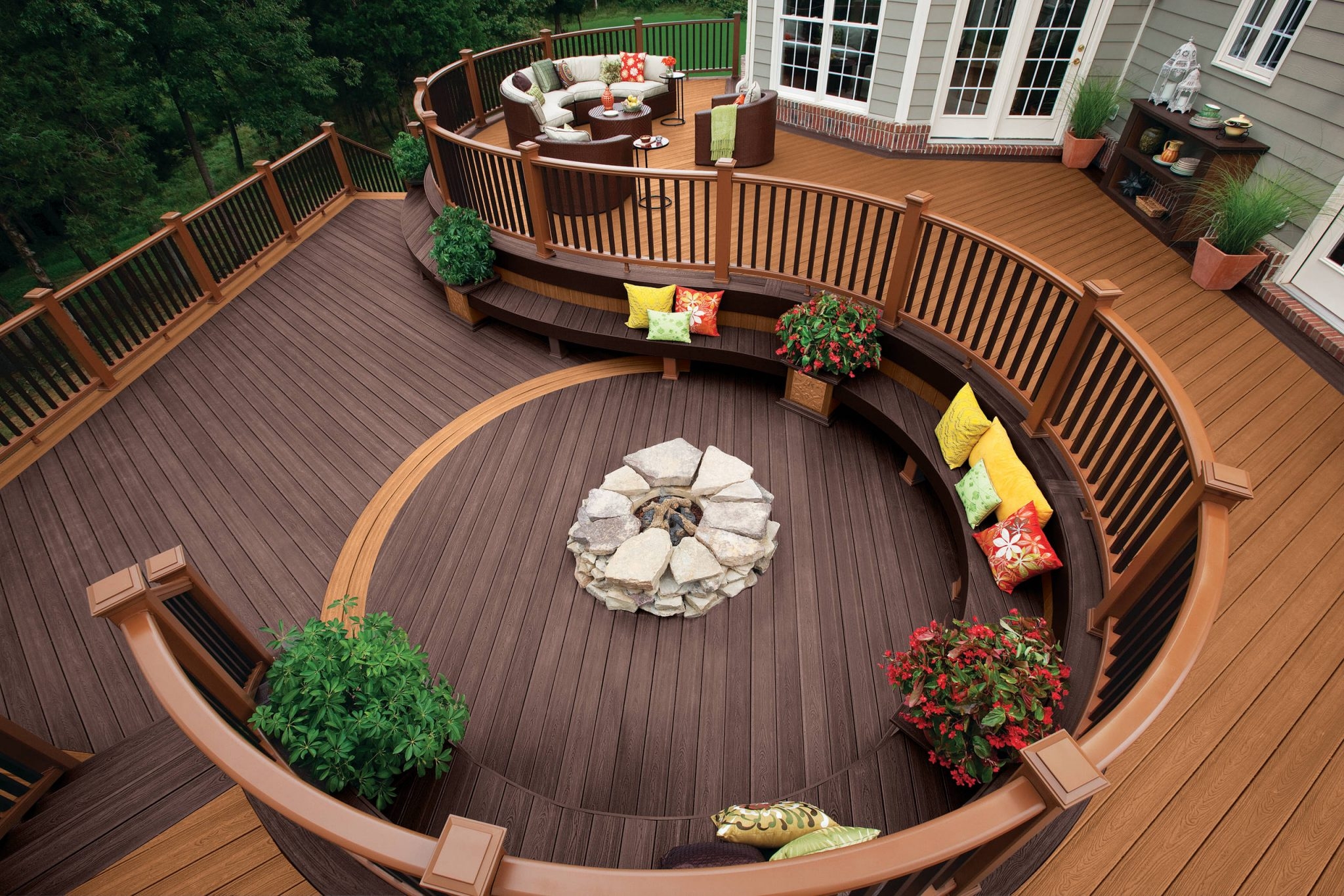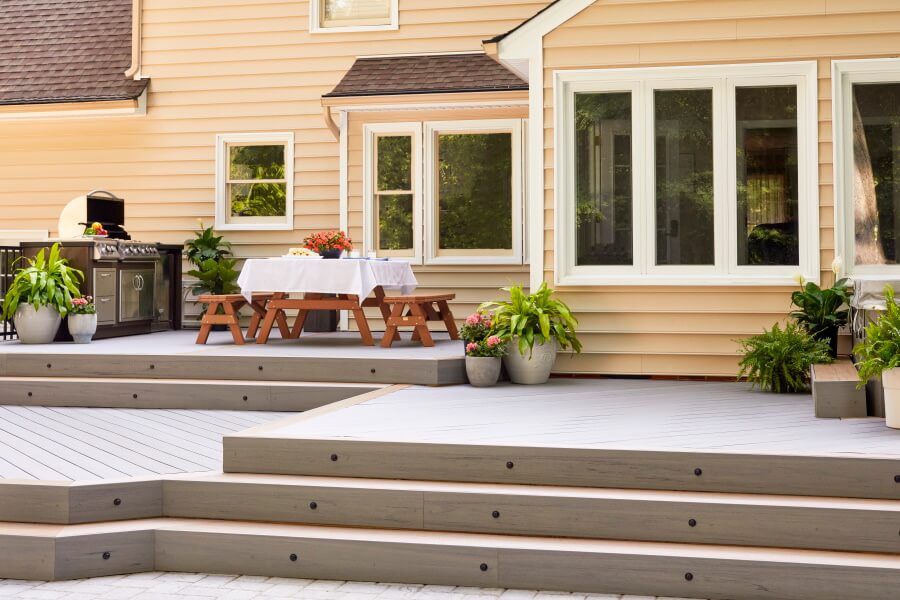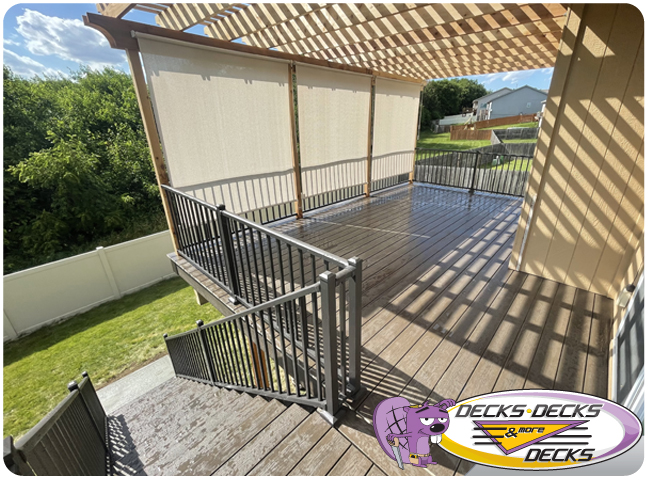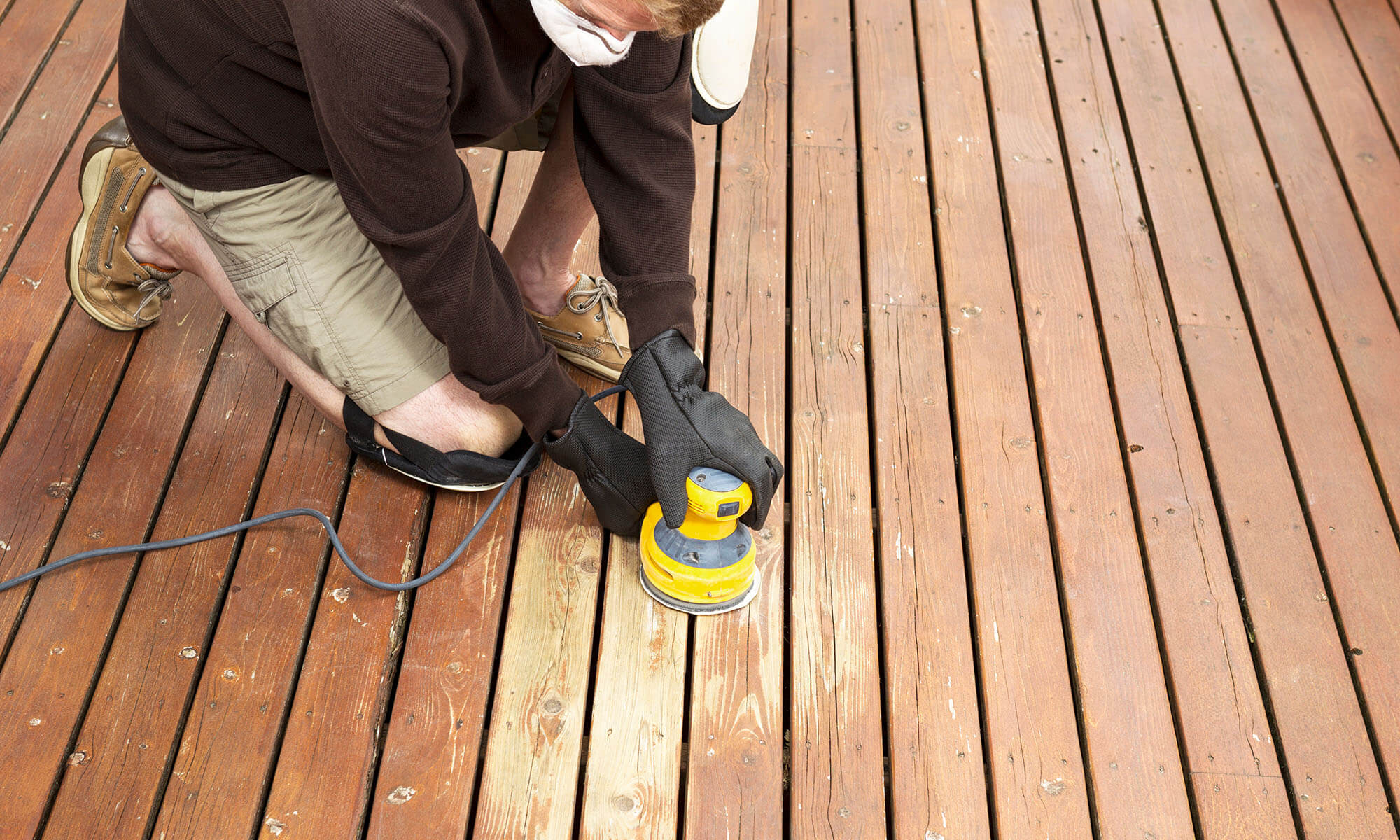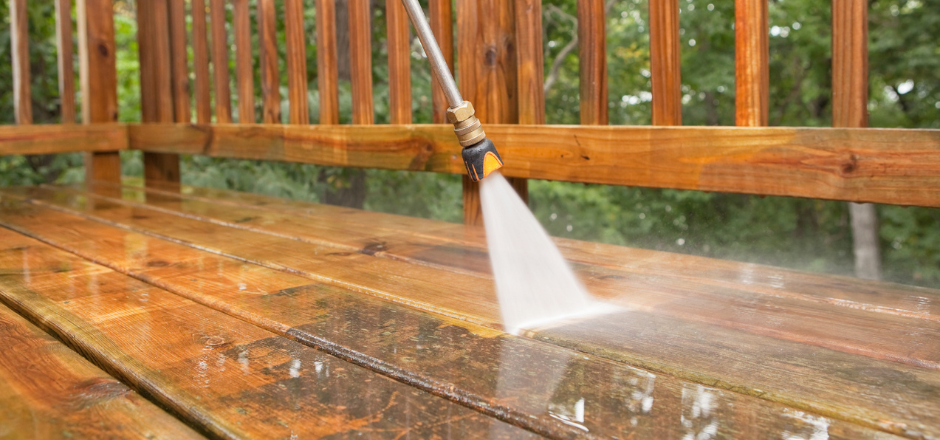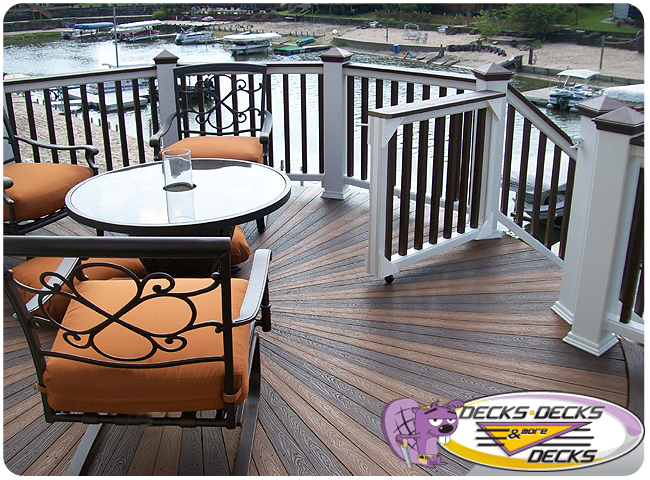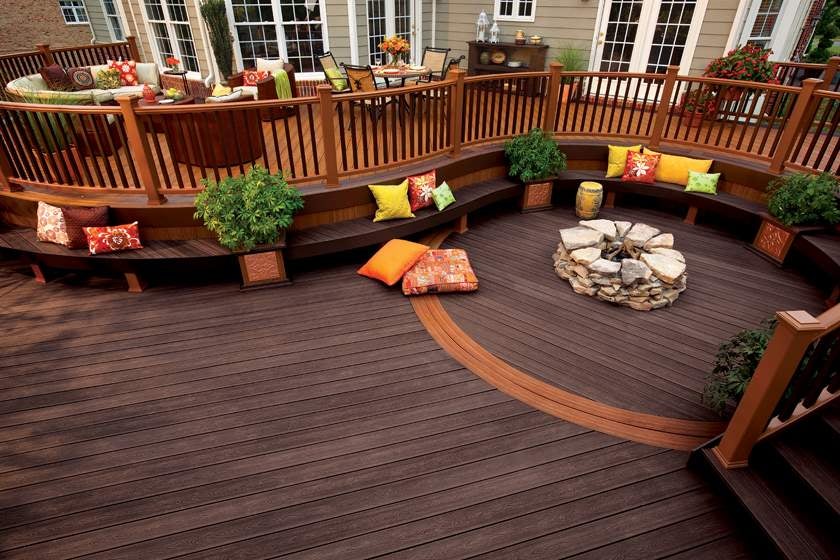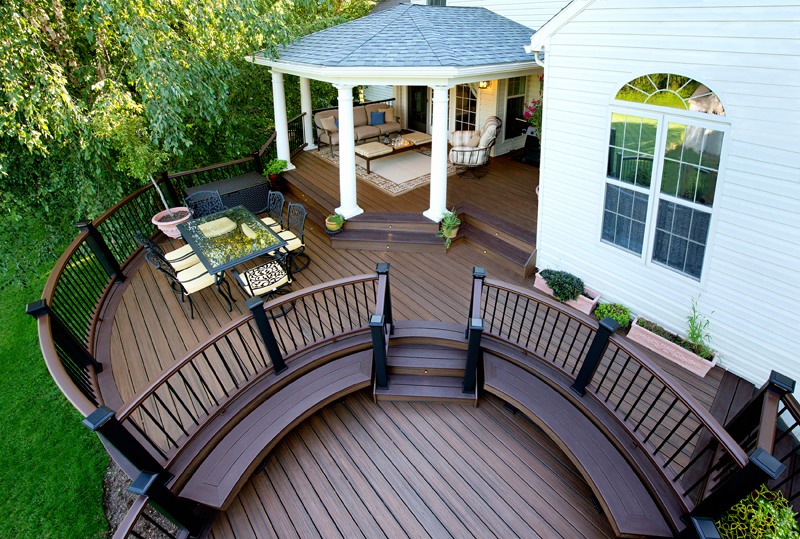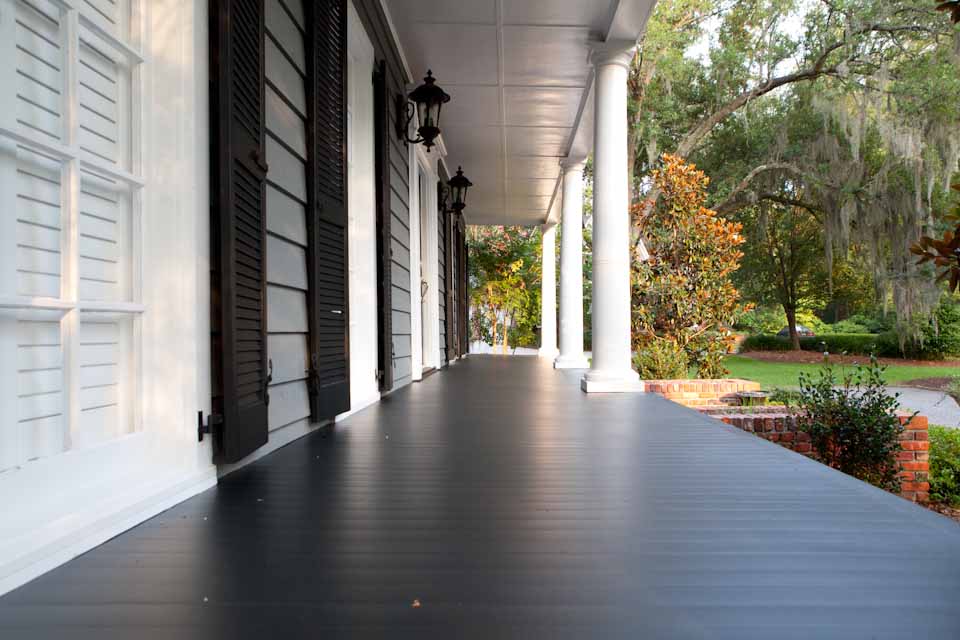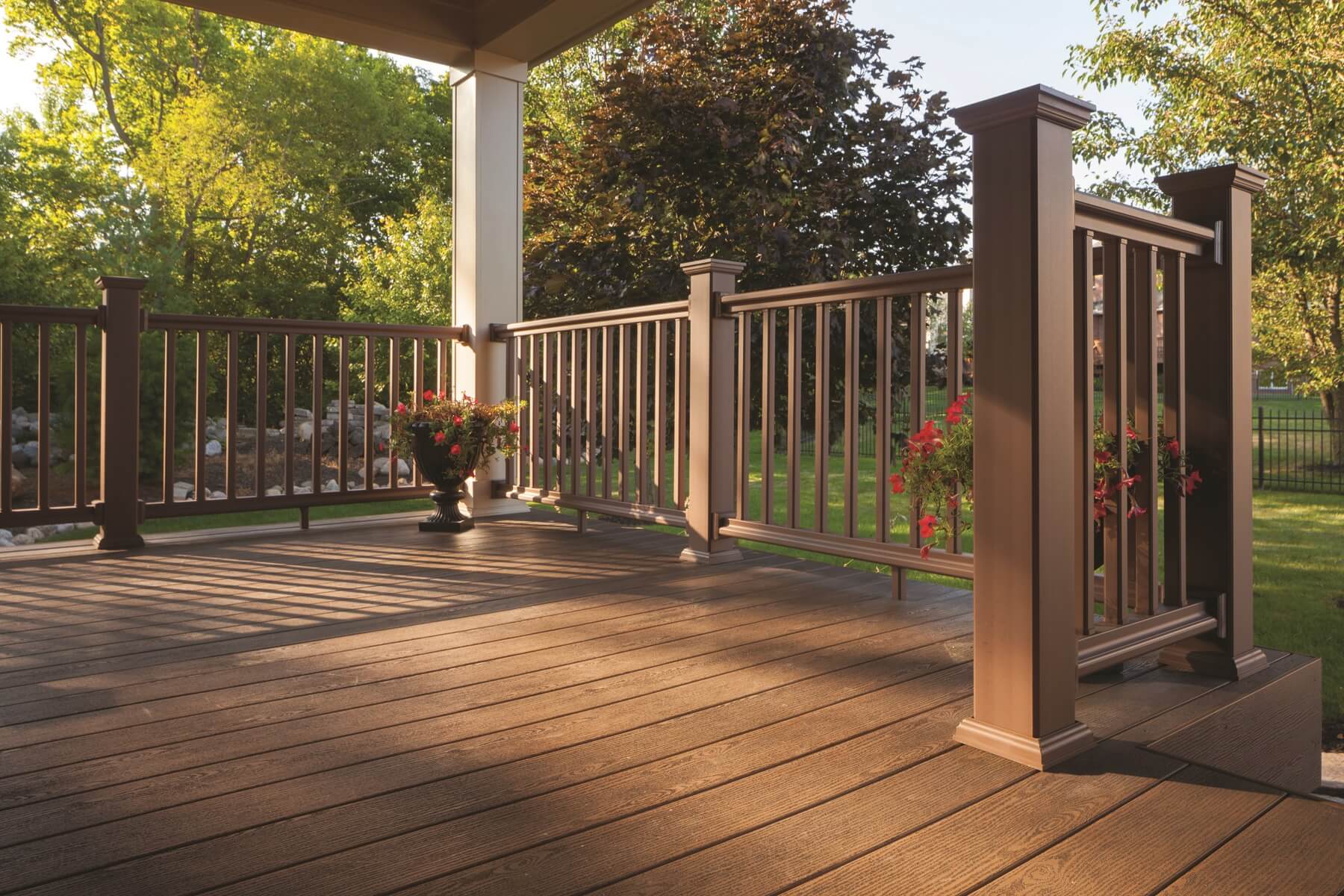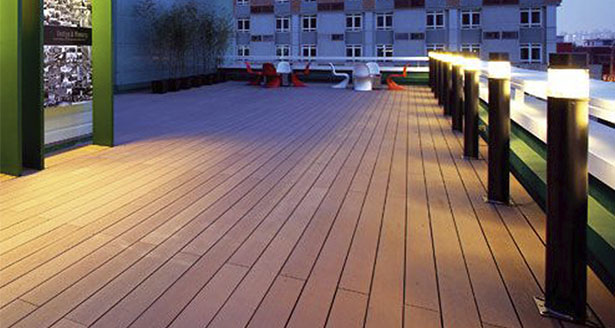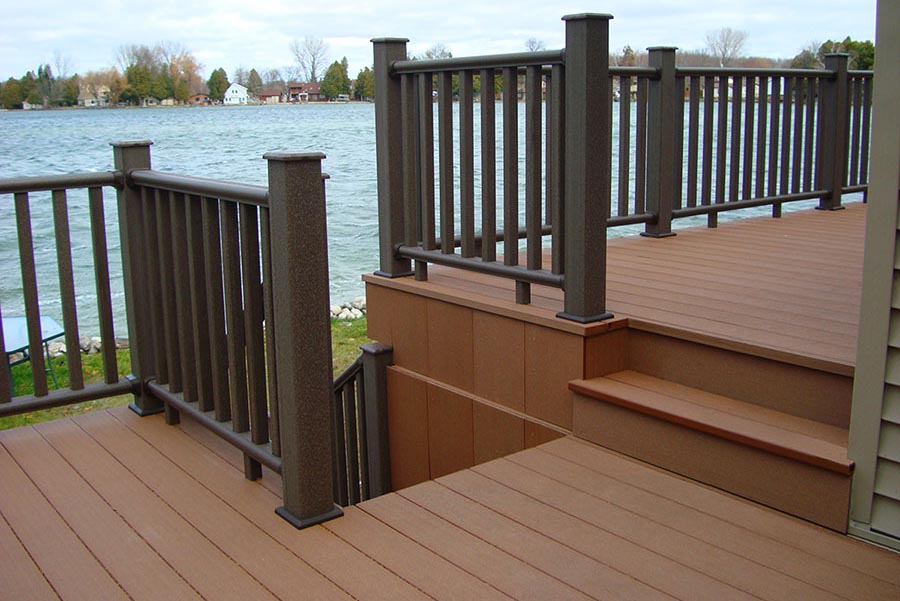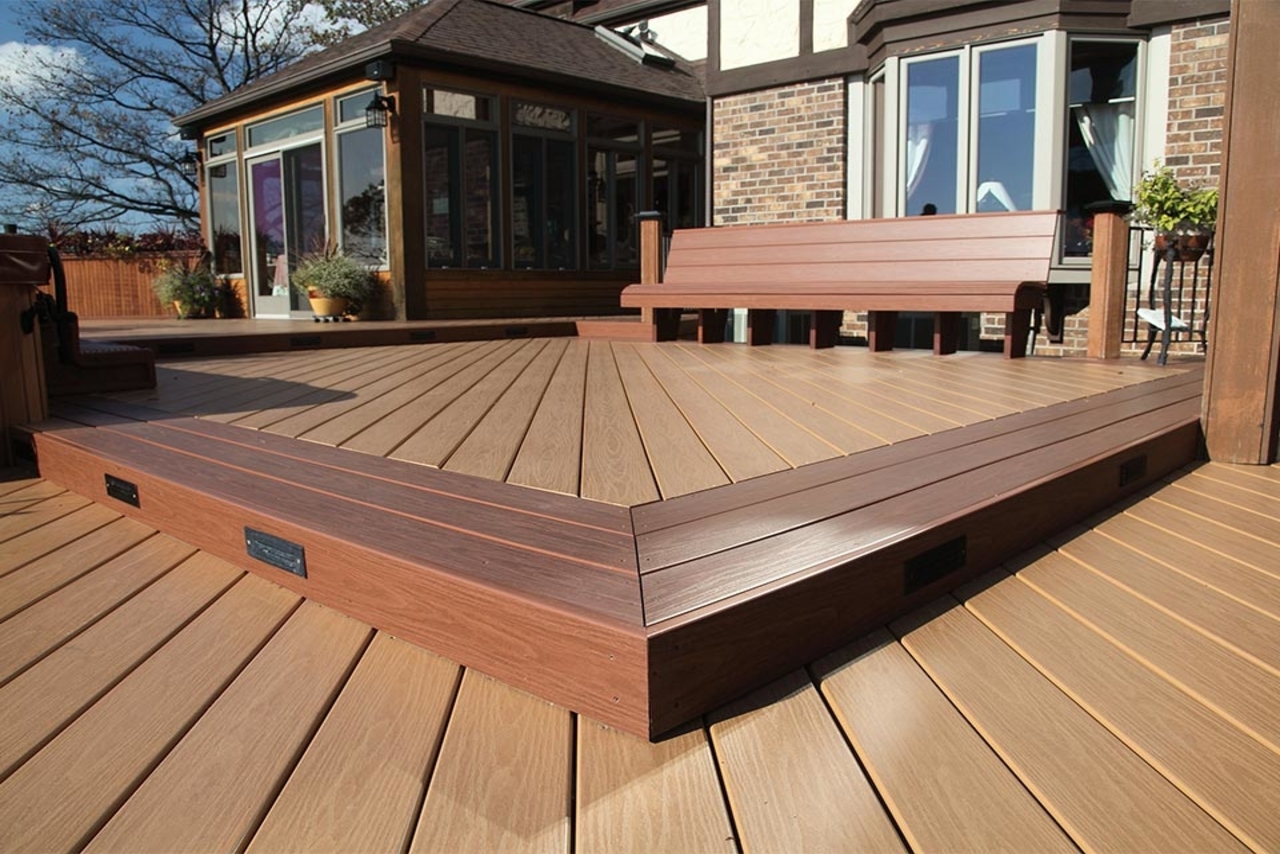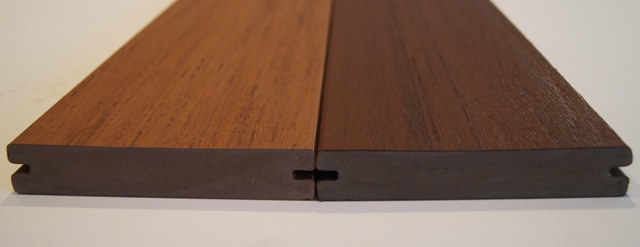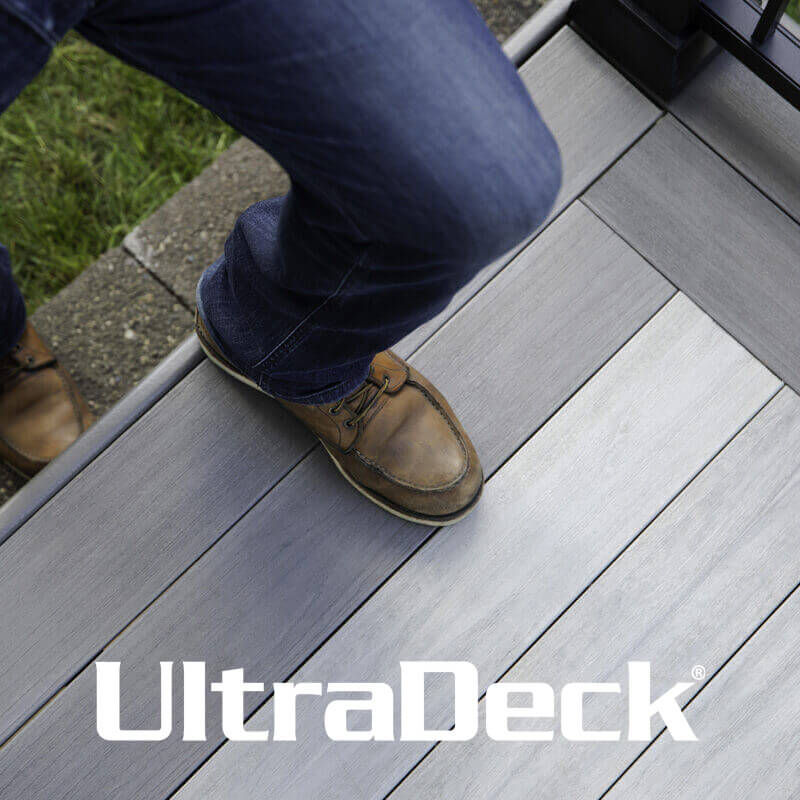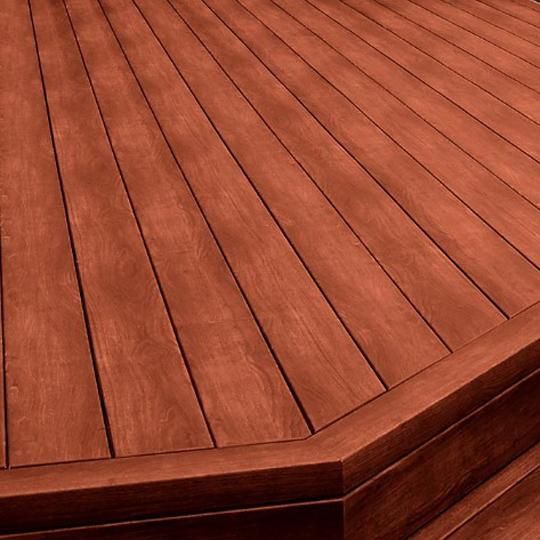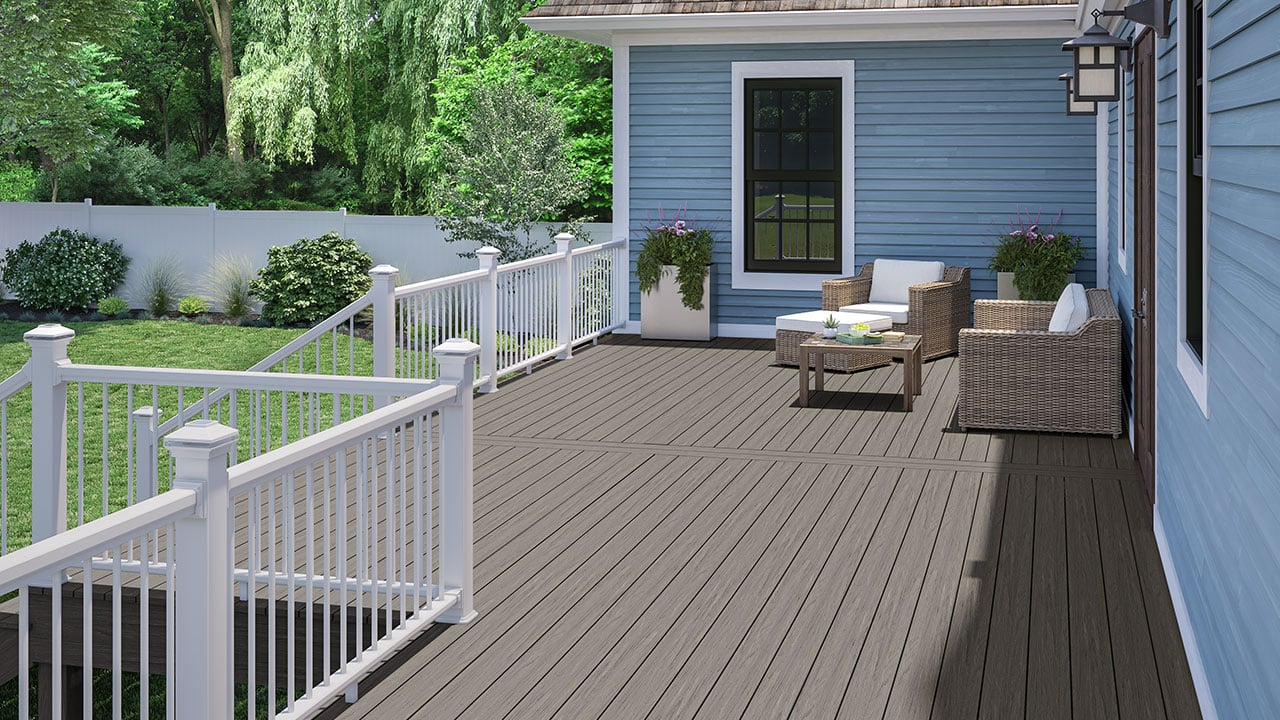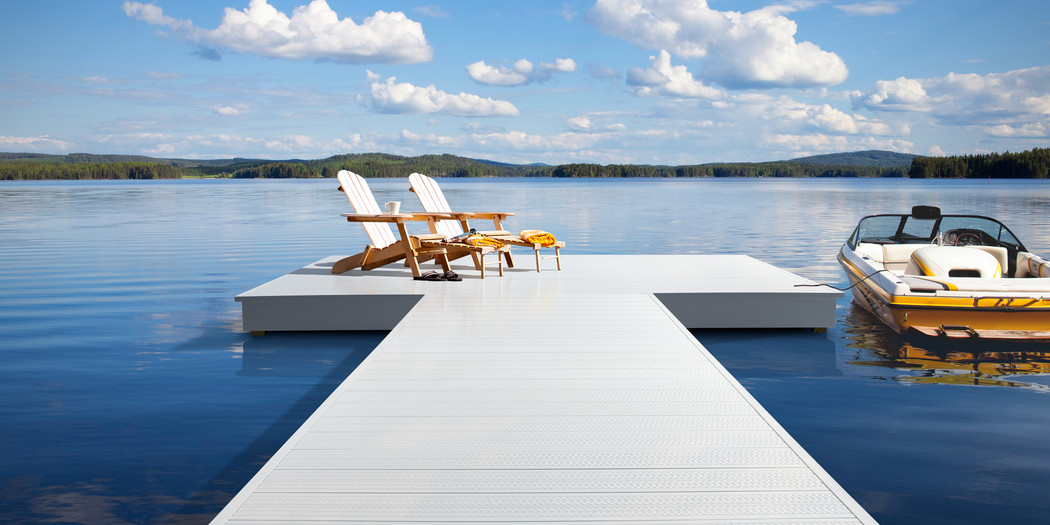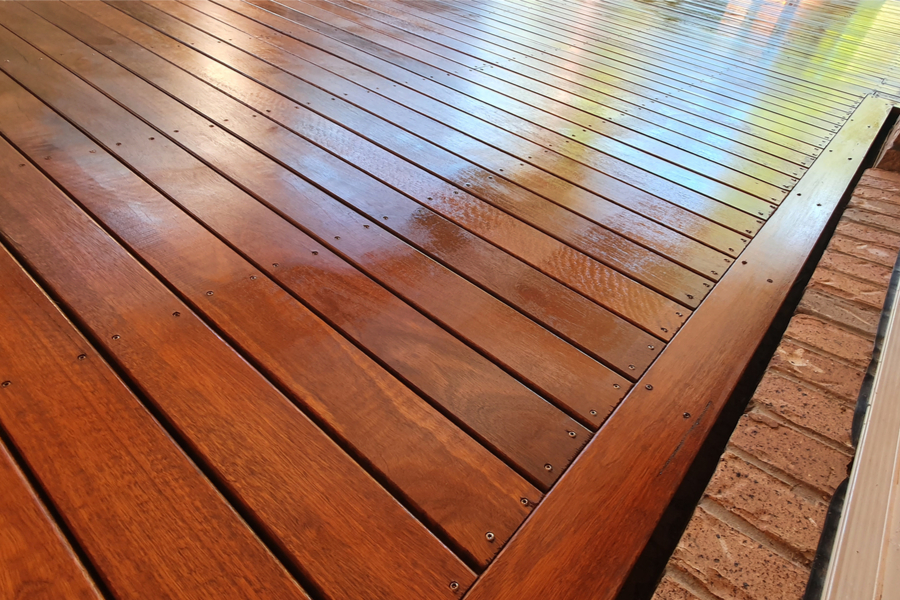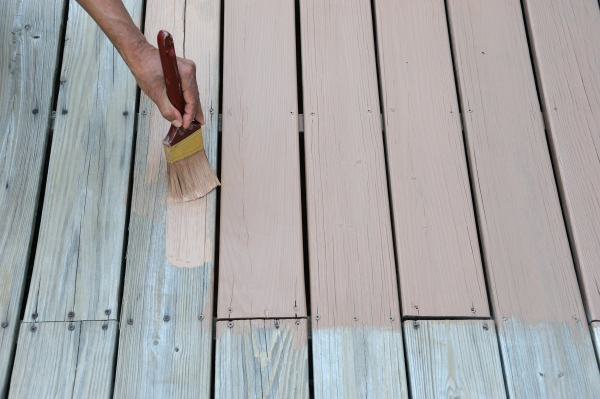Top Deck Building Companies in the US: Part 2
In the second part of our series, we continue to explore some of the best deck building companies in the US. These companies are known for their craftsmanship, unique designs, and commitment to customer satisfaction.
Let’s Start In No Specific Order!
1. Decks Unique
Location: New York
Specialty: Custom deck designs with a focus on innovative features.
Decks Unique is renowned for their creative designs and ability to incorporate unique features like lighting and built-in seating into their projects. They offer bespoke services that help homeowners realize their vision for their outdoor space.
2. TrueDecks
Location: Maryland
Specialty: High-quality decks and outdoor structures.
TrueDecks is a trusted name in the decking industry, known for building durable and attractive decks. Their nationwide presence and commitment to customer service make them a reliable option for homeowners looking for long-lasting quality.
3. Deck Master Home Improvement
Locations: New York, New Jersey, Florida
Specialty: Deck construction and outdoor living renovations.
Deck Master Home Improvement provides more than just decks; they specialize in outdoor living renovations, from pergolas to outdoor kitchens. Their expertise in transforming outdoor spaces makes them a top choice for comprehensive home improvement projects.
4. Clear Choice Custom Decks
Location: Michigan
Specialty: Custom deck solutions with high attention to detail.
Known for their attention to detail, Clear Choice Custom Decks creates custom deck solutions tailored to each client’s needs. Their combination of craftsmanship and personalized service has made them a top choice for homeowners looking to upgrade their outdoor spaces.
5. Stumps Decks and Porches
Location: Pennsylvania
Specialty: Decks, porches, and screened-in patios.
Stumps Decks and Porches focuses on building beautiful outdoor spaces that offer both functionality and style. Specializing in decks, porches, and screened-in patios, they help homeowners create the perfect outdoor retreat.
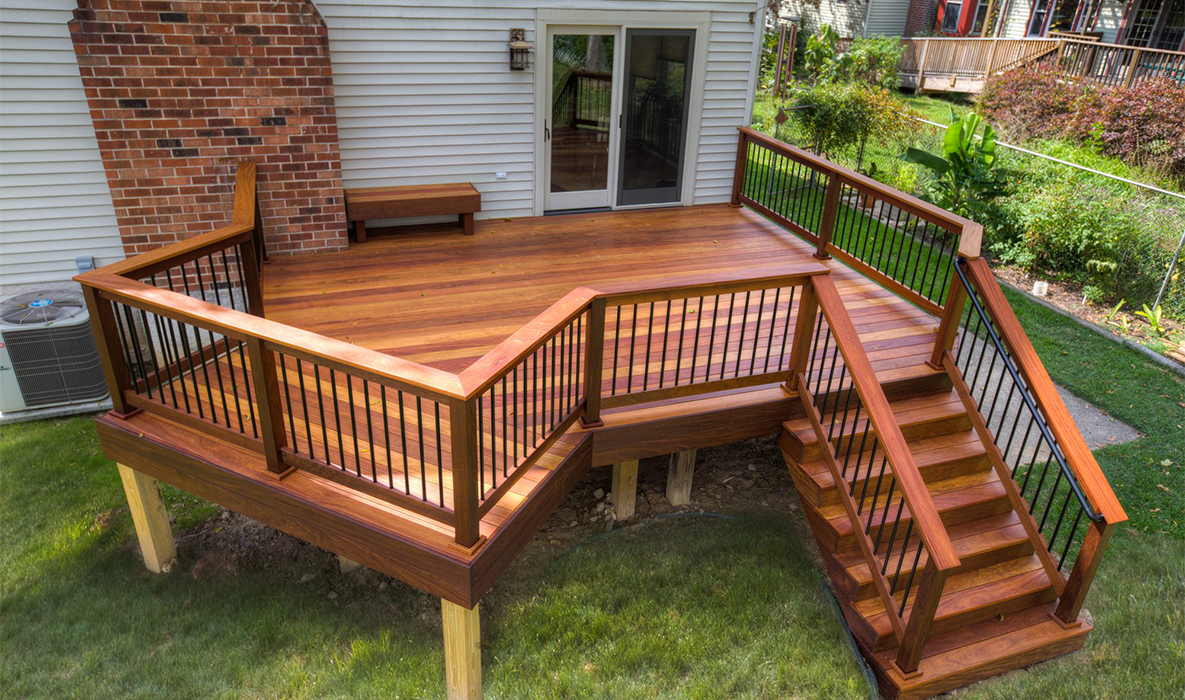
6. Long Island Decking Inc
Location: Long Island, NY
Specialty: Custom decks and outdoor renovations.
Long Island Decking Inc has earned a reputation for their high-quality custom deck designs and full outdoor renovation services. Whether it’s a new deck or an upgrade to an existing one, they provide solutions that enhance any outdoor space.
7. Texas Deck Pros
Location: Texas
Specialty: Custom decks and patios with a focus on durability.
Texas Deck Pros provides top-notch custom deck and patio designs throughout the Lone Star State. Known for their attention to detail and use of high-quality materials, they create outdoor spaces that are as durable as they are beautiful.
8. Durante Home Exteriors
Location: Alabama
Specialty: Custom decks and home exterior solutions.
Durante Home Exteriors offers a range of exterior home improvement services, including custom decks. Their focus on energy-efficient materials and low-maintenance solutions makes them a popular choice for long-term outdoor upgrades.
9. Diamond Decks
Location: Texas
Specialty: Deck design, installation, and custom outdoor features.
Diamond Decks is known for their exceptional craftsmanship and wide range of custom outdoor features. From multi-level decks to intricate railing systems, they bring each client’s vision to life with precision and creativity.
10. Woodland Deck Company
Location: Ohio
Specialty: Deck building with an emphasis on craftsmanship and durability.
The Woodland Deck Company focuses on high-quality craftsmanship and durable materials to create decks that stand the test of time. They are known for their meticulous attention to detail and personalized customer service.
11. Keystone Custom Decks
Location: Northeast
Specialty: High-end, custom-designed decks with integrated outdoor features.
Keystone Custom Decks is a premium deck builder that specializes in creating luxurious outdoor living spaces. Their custom designs often feature outdoor kitchens, pergolas, and fire pits, making them the go-to choice for homeowners looking to elevate their decks.
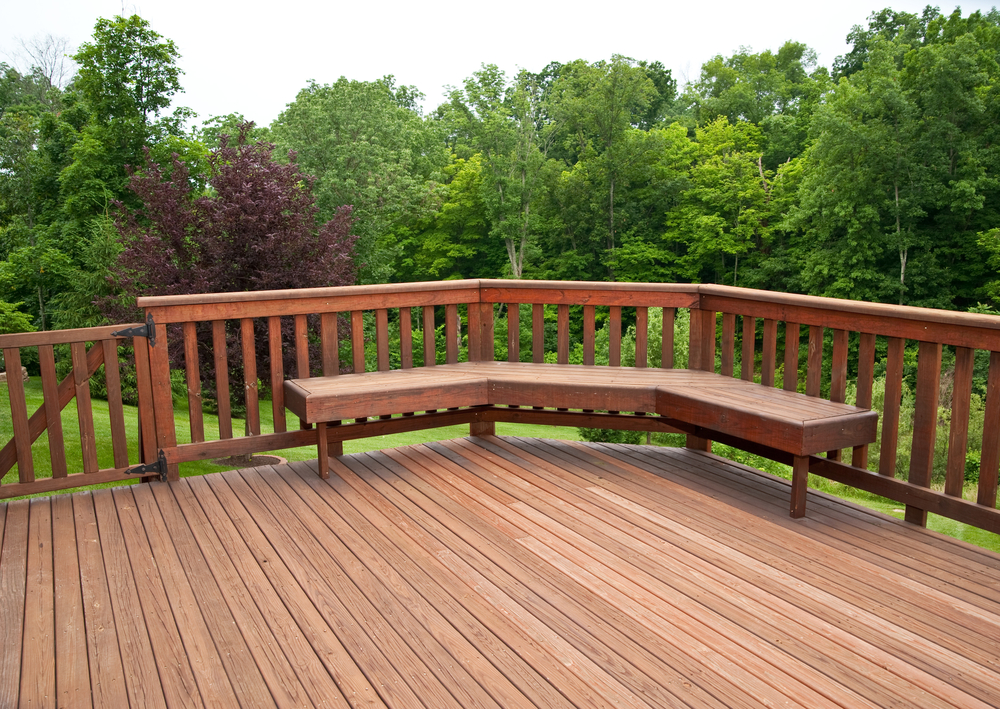
12. Deck Guardian
Location: New Jersey
Specialty: Deck building, renovations, and outdoor transformations.
Deck Guardian is known for transforming outdated decks into modern outdoor spaces. With a focus on quality and client satisfaction, they deliver custom designs that fit their clients’ exact needs.
13. Custom Deck Creations
Location: Michigan
Specialty: Personalized deck designs and installations.
Custom Deck Creations provides personalized deck designs that match each homeowner’s style and space. Their hands-on approach and attention to detail ensure that every project is completed to perfection.
14. Hemlock Construction
Location: Massachusetts
Specialty: Custom wood decks and eco-friendly materials.
Hemlock Construction is a standout for their use of eco-friendly materials and expertise in building sustainable decks. They specialize in custom wood designs that blend seamlessly with natural landscapes, making them a favorite for environmentally-conscious homeowners.
15. Hickory Dickory Decks
Location: Canada (a little outside the US)
Specialty: Custom-designed decks with a focus on craftsmanship.
With a strong presence across Canada, Hickory Dickory Decks specializes in custom-designed decks that combine craftsmanship with innovative designs. Their reputation for quality and service makes them a leader in the decking industry.
16. Archadeck
Location: Nationwide
Specialty: Deck building, porches, and outdoor living solutions.
Archadeck is one of the largest and most recognized deck-building companies in the US, offering custom decks, porches, and outdoor living solutions. Their nationwide network ensures consistent quality and expertise


